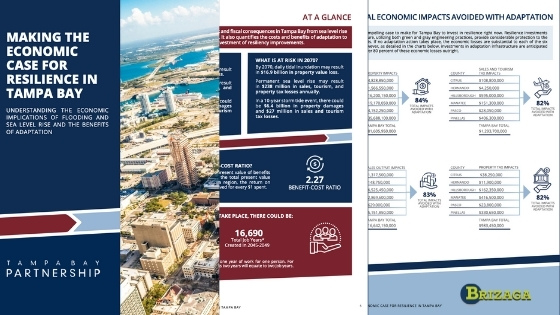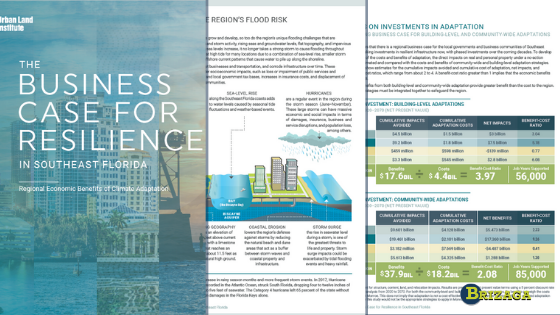
As our landscape changes, so should the way we plan. We focus on both transformational and incremental changes our community must make while always considering the physical, social, and economic benefits. Our team performs vulnerability assessments, adaptation planning, business case assessments, public policy reviews, charrettes, and more.
Our team has significant experience in vulnerabilities assessment, adaptation planning, business case assessments, and public policy. We focus on both transformational and incremental change to identify and prioritize rehabilitation, adaptation and mitigation projects, considering the physical, social, and economic benefits to the community. More frequent flooding and sea level rise require both short-term and long-term planning, as well as innovative approaches. Our range of planning experience includes:
Vulnerability Assessments. We work with our clients to design and implement customized assessments with the goal of adapting to specific threats associated with climate change and remain resilient against physical, social, and economic stressors. See below for more details.
Brizaga’s Resilient Review. For larger developments and buildings, our Resilient Review takes a holistic look at a proposal or existing building to provide ways to make a property more resilient. Learn More.
Sea Level Rise Ready® Program. Our forward-looking program designates which buildings are prepared for the rising seas in the coming decades, and those that need some level of adaptation to become ready. Learn More.
Adaptation Strategies. Adaptation is an important part of preparing for changes in future conditions. Just understanding vulnerabilities and risks without a path for action is an incomplete foundation of resilience. Let us be your partner on your adaptation journey. See below for more details.
Business Case Analyses. Brizaga has project managed the Business Case for Resilience in Southeast Florida, performed the individual adaptation assessment for Miami Beach’s Business Case for Stormwater Resiliency, and the Business Case for Resilience in the Tampa Bay Region.
Public Policy. From Capitol Hill to Main Street, our public engagement around planning is designed to help local governments reach their communities and highlight the benefits that individuals and businesses can experience through the implementation of projects and policies aimed at resilience.
Vulnerability Assessments
Our staff consults with individuals, businesses, communities and cities to confront the vulnerabilities and risks faced by a changing environment, including sea level rise. We work with our clients to design and implement customized assessments with the goal of adapting to specific challenges and remain resilient against physical, social, and economic stressors. Our team has successfully carried out comprehensive vulnerability assessments for local communities and businesses and has assisted private citizens through their personal adaptation journeys.
Brizaga offers vulnerability assessments and strategic adaptation planning guides to our clients, designed to examine the impacts of sea level rise on the transportation and infrastructure systems, tax revenues, and population of the study area. We focus on the incremental changes expected as a result of tidal flooding to identify and prioritize rehabilitation and mitigation projects, considering the physical, social, and economic benefits to the community.
Each study begins with the collection and filtration of data. Typically, this includes topography, property boundaries and values, land uses, census data, local sea level rise projections, and historic water levels. Our team combines all of this content into a Geographic Information System (GIS) to assess the specific properties, locations, and components within the community that may be at risk of experiencing flooding during the study period.
Adaptation Strategies
Adaptation, if necessary, is the ultimate goal of our vulnerability assessment. Just understanding vulnerabilities and risks without a path for action is an incomplete foundation of resilience.
Once the vulnerabilities have been identified, we specify project areas, indexing them and prioritizing them based on many factors like flooding extents and timelines, tax revenues, demographics, and accessibility. This process requires the engagement of leaders and stakeholders within the community at the outset, to communicate critical cultural and institutional elements within the neighborhood and to share responsibility.
The last step in our study is to develop conceptual projects and cost estimates to address the vulnerable areas. We determine benefit-cost ratios for each project and weight them based on community input. We provide guidance for when the projects should be built to maximize their value. We give communities the tools they need to become more resilient and adapt for tomorrow.
Highlighted Projects




